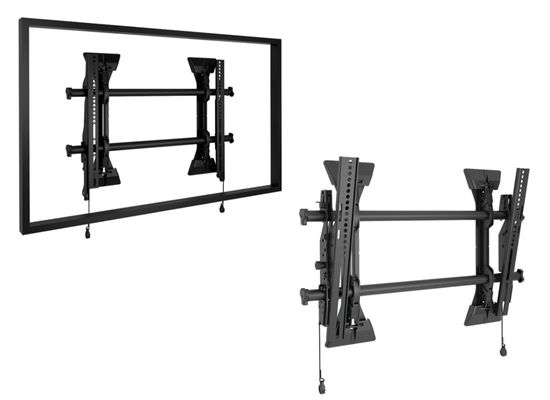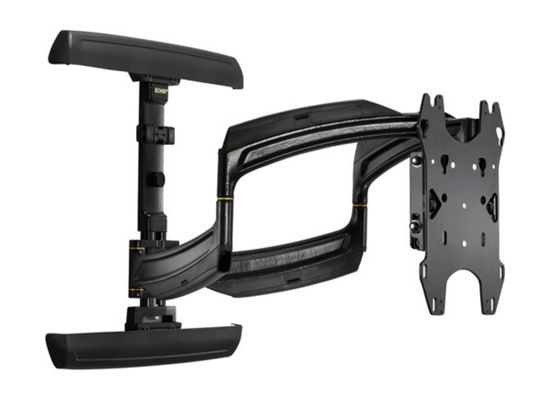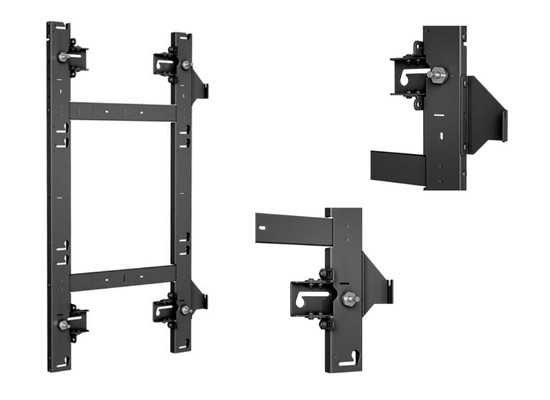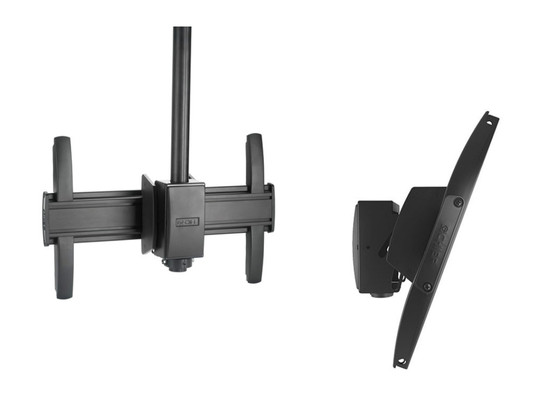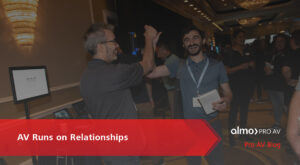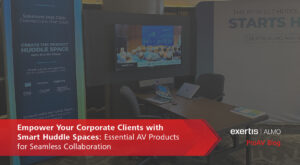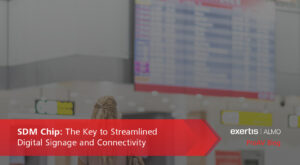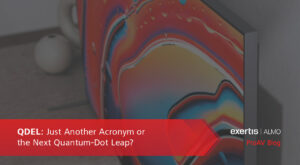Behind the Panel: Navigating Direct View LED Mounts
We are back again – this time talking about the world of Direct View LED mounts. First, let’s take a brief look at Direct View LED as a solution:
Direct View LED (DVLED) is a technology that has existed for some time, but the last five to seven years has seen an explosion in the amount of manufacturers that are producing DVLED technology. In its most basic description, DVLED is a display consisting of several light-emitting diodes (LEDs) mounted on a circuit board, creating each panel. These panels are then configured into a larger, finished display. The biggest draw to these is you can get a much larger overall display than traditional LED displays, which usually top out around 100” diagonal. This gives you much greater flexibility to create larger display sizes, and not be limited to the traditional shape of normal displays. They can be pyramids, curved, columns… really the sky is the limit. These displays are also much brighter than traditional LED. Take the TV in your home, more than likely that will be around 300 nits in brightness. Professional digital signage displays are usually in the 500-700 nits range. DVLED are very bright, most times in a range of 4,000-10,000 nits, and because there is no glass, (hence the term, “Direct View”), they will not have glare, as well as offering much broader viewing angles.
Assessing the DVLED Install Needs
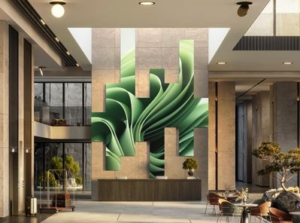 The first step in the process is assessing the install site. The integrator will have to do a thorough site survey, to make sure the solution will work. Making sure they have adequate access to power, and ensuring that the wall or structure that the display is being mounted to is secure and strong enough to support it. Once you have this done, you can work on designing and planning your wall layout and structure. Most manufacturers offer assistance in design for the mounting solution. Our partners at Legrand have really simplified the process with a great Online Configuration Tool to help put your display together. They offer many in-stock solutions for the major DVLED brands. If your DVLED isn’t available in one of their preconfigured varieties, they offer custom solutions as well.
The first step in the process is assessing the install site. The integrator will have to do a thorough site survey, to make sure the solution will work. Making sure they have adequate access to power, and ensuring that the wall or structure that the display is being mounted to is secure and strong enough to support it. Once you have this done, you can work on designing and planning your wall layout and structure. Most manufacturers offer assistance in design for the mounting solution. Our partners at Legrand have really simplified the process with a great Online Configuration Tool to help put your display together. They offer many in-stock solutions for the major DVLED brands. If your DVLED isn’t available in one of their preconfigured varieties, they offer custom solutions as well.
Selecting a DVLED Mount Solution
Now, back to the mounts. The first question that I am often asked, is why a customer would choose third party mounts when the DVLED manufacturer has mounts that are made for their own solution. Great question! The answer is simple:
- DISPLAY manufacturers primary focus is on developing and manufacturing DISPLAYS.
- MOUNT manufacturers primary focus is on developing and manufacturing MOUNTS.
Although the DVLED manufacturers’ mounting solutions will fit, they will more than likely not work as well as mounts made by a mount manufacturer. Usually, the DVLED manufacturer has a mounting solution that is a pretty basic, perhaps a simple frame with some brackets. Third party mounts are designed with installers in mind. They will be set up for easier installation because they give you the ability to make micro-adjustments after they are mounted. For installers, having the ability to make x-y-z axis adjustments help ensure a perfectly planar video wall. They are usually a much more robust mount all together, with more features that produce a better finished product, and also have the installer in mind by making installation quicker, more efficient, and allowing for easier access when servicing post-install.
To draw an everyday life comparison, think about buying a car. When you purchase a car, often times the dealer would throw in floor mats for your car. The floor mats were OK, they matched the color of the interior, and would keep some dirt and grime off the floor of the car. But you could also go buy a set of floor mats that were made by a company that does nothing but make car accessories, composed of heavier duty material, laser machined to exactly fit in your vehicle, and would keep EVERYTHING off the floor of your vehicle. Wow, after writing that, I really think I need new floor mats. Anyways, this is why I would look to a mount manufacturer to make DVLED mount solutions, it is what they do every day!
I also know there is a whole segment of resellers out there who are relatively new to this space, and Exertis Almo has you covered there as well.

Whether this is your first DVLED install or you are attempting something cutting-edge, like a curved wall, Exertis Almo has a services team that can professionally install that solution for you. Our team has a wealth of knowledge and experience in DVLED installation and commissioning. Find out more at https://www.ExertisAlmo.com/install.
That does it for me, catch you next time… behind the panel.

Patrick Booth | CTS, DSCE
Business Development Manager
Supported Manufacturers: Legrand AV (SW, W, NW) – Chief, C2G, Da-Lite, Luxul, Middle Atlantic, Vaddio, Wiremold
